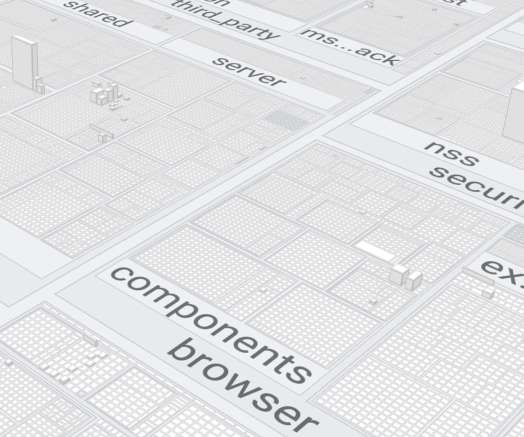A Detailed Guide on Conducting Effective System Design Interviews
Hacker Earth Developers Blog
OCTOBER 24, 2023
System design interviews are becoming increasingly popular, and important, as the digital systems we work with become more complex. The term ‘system’ here refers to any set of interdependent modules that work together for a common purpose. Uber, Instagram, and Twitter (now X) are all examples of ‘systems’.














Let's personalize your content